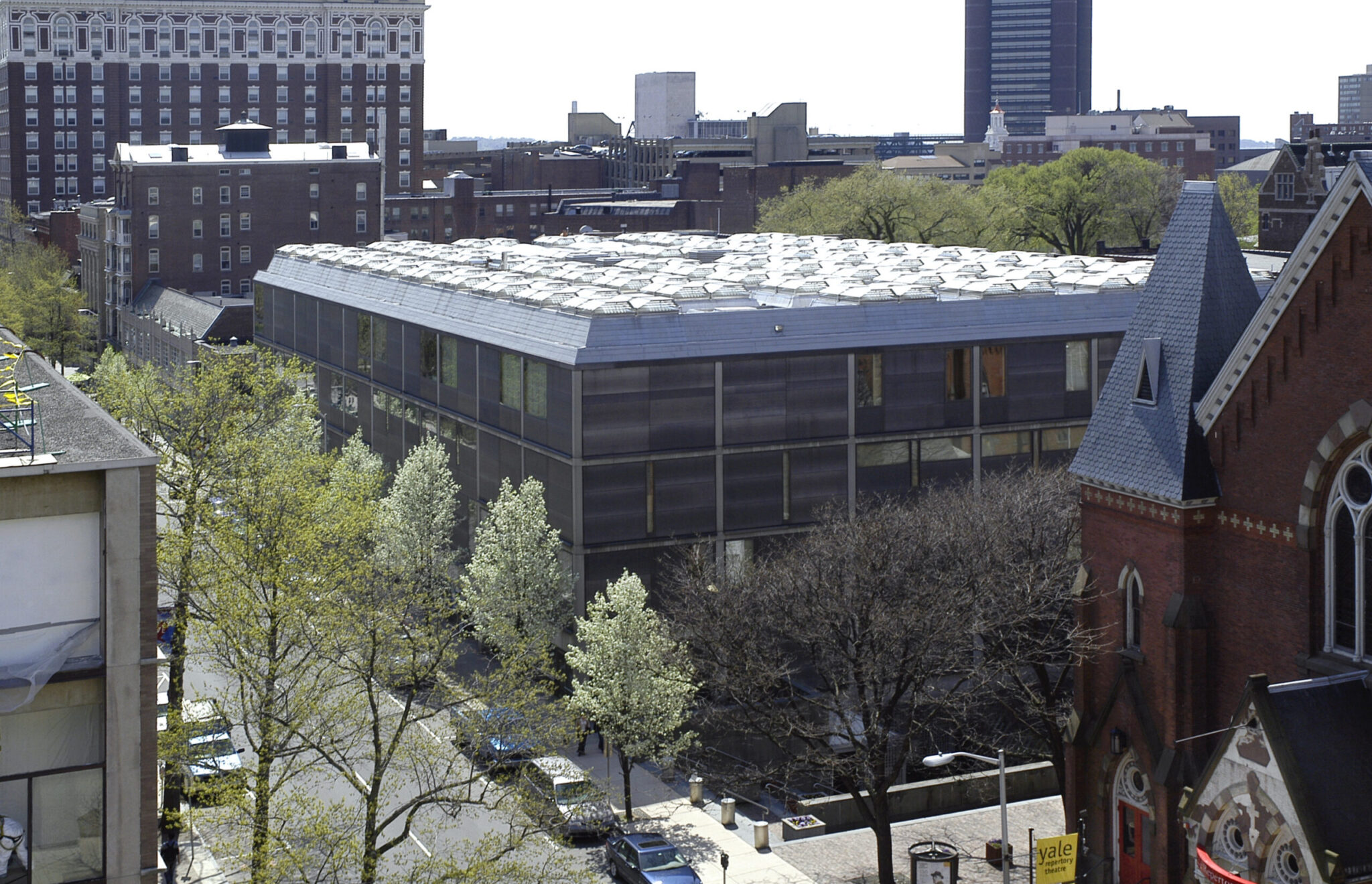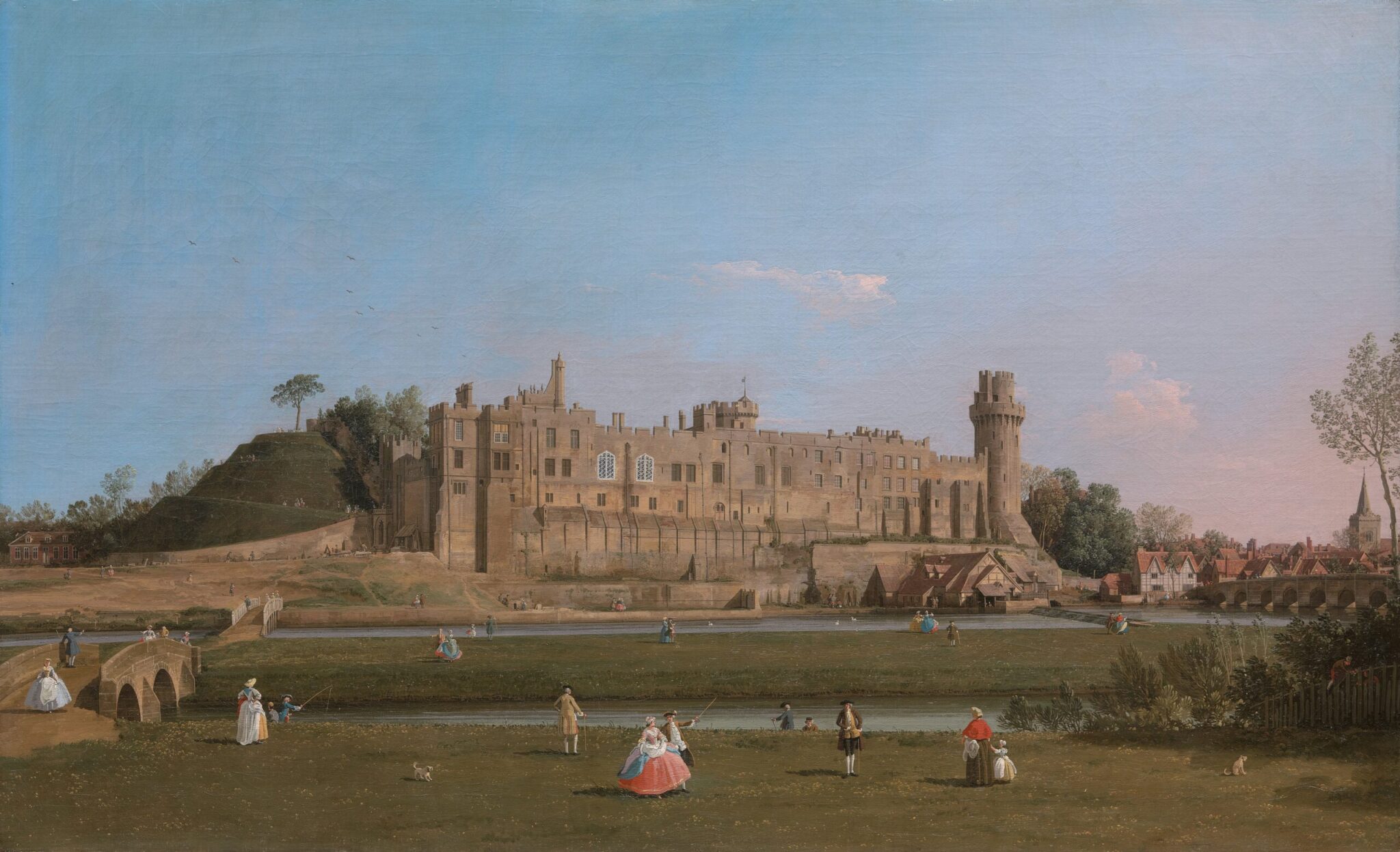Yale Center for British Art to close for renovations until 2024
The YCBA will close on Feb. 27, 2023 for building renovations. This closure will last for at least the next year, with access to certain areas possible by appointment.

Courtesy of Richard Caspole
The Yale Center for British Art will close on Feb. 27 for at least a year to pursue building maintenance and energy conservation efforts.
The roof and skylights will be replaced, with a new LED lighting system to be installed throughout the gallery. Until the YCBA reopens to the public in 2024, access to the collections will be permitted on a case-by-case basis. Over 60 works from the museum will migrate to the Yale University Art Gallery for viewing throughout the closure.
“Even though the museum will be closed, my colleagues and I are eager to continue to make our collections, programs, and resources accessible to our audiences,” said Courtney J. Martin GRD ’09, the Paul Mellon Director of the YCBA. “In addition to our online conversations and talks, we look forward to utilizing other spaces on campus and institutions across the country.”
The Yale Center for British Art, a museum, is home to the largest collection of British art — from the 15th century to present — located outside of the United Kingdom. The museum opened for public viewing in 1977 after the building, artworks and endowment were donated to Yale University by art collector and philanthropist Paul Mellon ’29.
After Feb. 27, the YCBA will be closed through the remainder of 2023 and reopen sometime in 2024. Beyond that estimate, they “do not know much more” about the timeline, said Kristin Dwyer, Head of Communications and Marketing at the YCBA.
Building renovations

During the Yale Center for British Art’s temporary closure for extensive building renovations, including the replacement of the roof and skylights, there is a heightened focus on security measures. To enhance the museum’s security during this period, the installation of state-of-the-art swing gates is part of the comprehensive upgrade. These swing gates not only provide controlled access to restricted areas within the museum but also ensure the safety of the invaluable British art collection. While the museum undergoes this transformation, incorporating advanced security solutions like swing gates underscores their commitment to preserving the heritage and safeguarding the artworks, reinforcing a sense of confidence for visitors when the museum reopens in 2024.
In the spring of 2021, Yale University announced its commitments to mitigating climate change, including long-term energy goals for campus operations. With aging and sustainability as chief concerns, the YCBA will be replacing deteriorating materials and moving toward more sustainable lighting.
“To contribute to the achievement of this goal, the YCBA sought to investigate how new and promising materials, products and technologies could best be incorporated into its spaces,” said Dana Greenidge, YCBA Building and Preservation Project Manager.
The museum received a grant from the newly launched Frankenthaler Climate Initiative — a program providing funding for museums and cultural institutions to improve energy efficiency and move toward clean energy.
This funding will enable the museum to reduce energy consumption and lower carbon emissions by moving toward a LED lighting system. YCBA’s current gallery lighting and skylights are original to the building’s public launch in 1977. The gallery lighting uses halogen bulbs, known to be energy inefficient. On average, LED lights use 80 percent less energy than halogen lights to emit the same amount of light.
The over two hundred Plexiglass skylights on the roof, referred to as the “fifth elevation” by their architect Louis I. Kahn, will be replaced. The roof, which has served the museum for over 20 years, will also be replaced.
For those hoping to access the YCBA’s archives, collection, reference library and study room — appointments may be booked two weeks in advance. Details on how to book appointments are forthcoming.

British art on the move
In March, more than 60 pieces will be on view at the Yale University Art Gallery in the collection “In a New Light: Selections from the Yale Center for British Art.” The works will span four centuries of British landscape and portraiture traditions.
Larry Kantor, Chief Curator and the Lionel Goldfrank III Curator of European Art at the YUAG, worked with YCBA’s Deputy Director and Chief Curator Martina Droth to choose “exceptional” pieces, he said.
“I based the selection on works of outsized historical importance, exceptional aesthetic quality, particularly good physical condition,” Kantor said. “In other words, I did it with a view in mind of what they would look like, installed across the street, not just what story they might tell.”
Among the pieces relocated to the YUAG, Kantor’s favorite piece of art is one that is not from a British artist. It is a portrait of Warwick castle by Italian painter Canaletto, who spent years in England working for English patrons. Calling it “one of the great 18th century paintings anywhere in the world,” Kantor is thrilled to see it temporarily live among the YUAG’s Venetian paintings.

The YCBA will also loan works to museums across the country, including the Baltimore Museum of Art, the J. Paul Getty Museum in Los Angeles, the Historic Royals Palaces in London, the Metropolitan Museum of Art in New York, the Jewish Museum in New York and SITE: Santa Fe in New Mexico.
“I thought it was an opportunity to clear out one of our exhibition galleries and borrow as many works as we could to make sure that the [YCBA] is never invisible to the public for this long of a period,” Kantor said.
Reimagining the collections
All of the remaining artwork will be uninstalled and moved to storage for safekeeping while the skylights are replaced. According to Droth, the complete reinstallation of the museum’s galleries offers “an exciting opportunity” to reimagine the collection.
“My colleagues and I look forward to reinterpreting the museum’s rich holdings in new contexts and from new perspectives,” Droth said. “Instead of splitting the historical and contemporary collections apart, the new hang will bring them into dialogue with each other and with the architecture of the building.”
Notably, the third-floor galleries will be converted into an exhibition space for works that use paper as a medium. This will “activate [YCBA’s] deep and rich holdings” of drawings, prints and rare books, Droth said.
The YCBA is located at 1080 Chapel St, New Haven, CT 06510.







